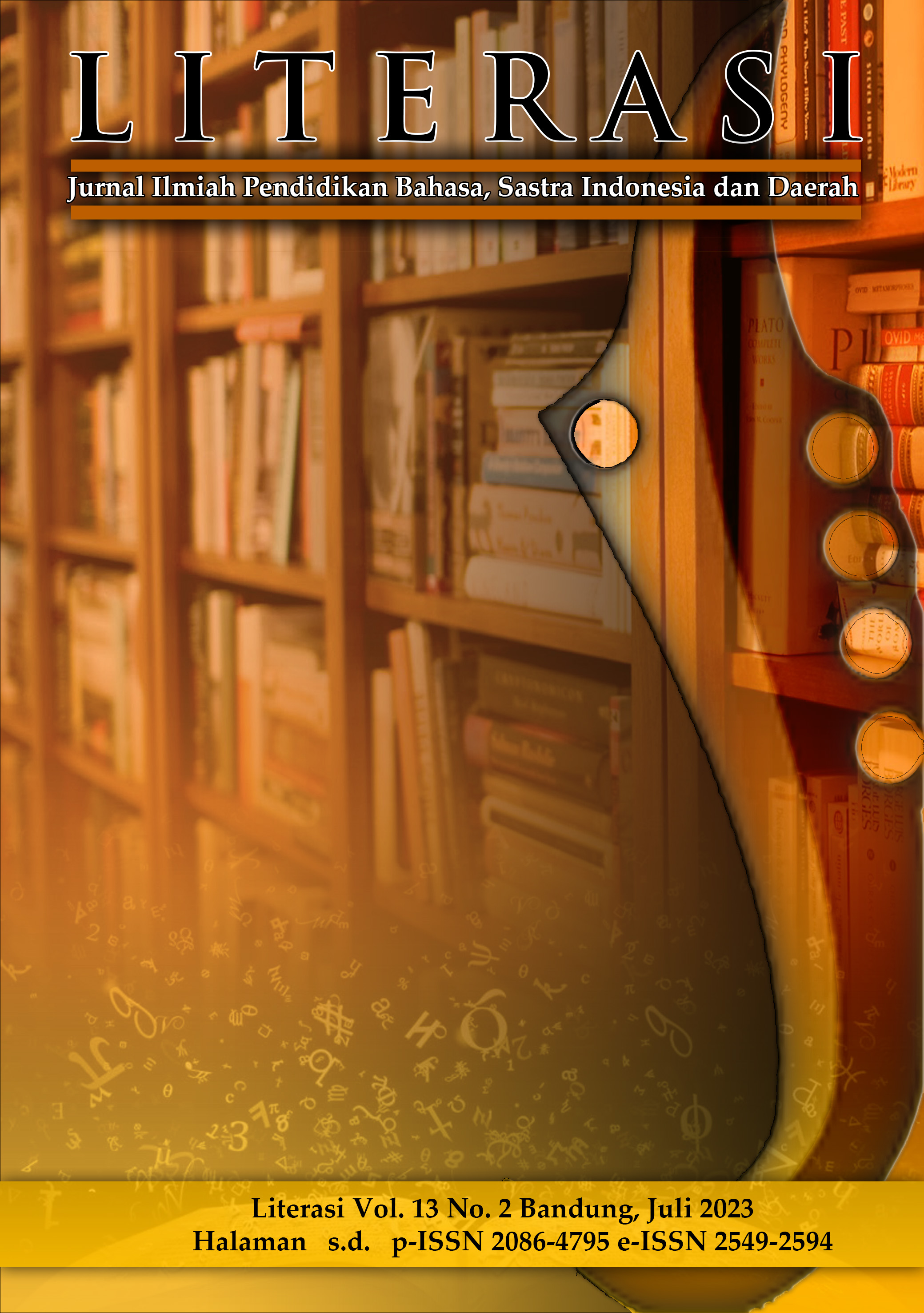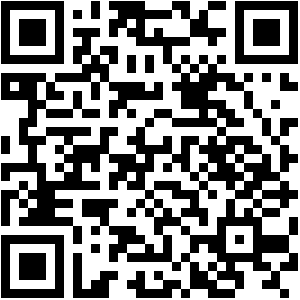KEKERABATAN BAHASA TETUN DAN BAHASA DAWAN (LINGUISTIK HISTORIS KOMPARATIF)
DOI:
https://doi.org/10.23969/literasi.v13i2.7664Keywords:
Language kinship, Tetun Language, and Dawan language.Abstract
This research aims to describe the relationship between the Tetun and Dawan languages which is entitled “The kinship relationship between the Tetun and Dawan languages” using the theory of comparative historical linguistics. The method used qualitative and quantitative approaches using a lexicostatistic technique. The data collection methodology and technique used are effective methods of observation, interviewing, and recording. This research was conducted at the village of Rafae, Raimanuk District, Belu Regency. The research instrument used in the interview was a list of questions containing 200 basics (Swadesh) vocabulary. The results showed that there was a relationship between the Tetun and Dawan languages, attempts through 33 pairs of related words, with 5 pairs of identical words category, phonetic match 10, phonetically similar 6, and a different phonemic 12. The level of kinship Bahasa Tetun and Bahasa Dawan has a kinship at the level of rock (stock) with a percentage of 16,5 %.
Downloads
References
Alijah, S. (2006). Kekerabatan Bahasa Bugis dan Bahasa Muna. Jurnal Humanika, 1, No.16(Maret 2016), 1–19.
Ayatrohaedi. (2003). Pedoman penelitian dialektologi. Pusat Pembinaan dan Pengembangan Bahasa, Departemen Pendidikan dan Kebudayaan,.
Dardanila, D. (2018). Leksikostatistik Bahasa Karo dan Bahasa Gayo. TalentaConference Series: Local Wisdom, Social, and Arts (LWSA), 1(1), 185–191. https://doi.org/10.32734/lwsa.v1i1.161
Engelenhoven, A. Van. (2008). Yohanes Manhitu, Kamus Indonesia-Tetun, Tetun-Indonesia. Jakarta: Gramedia Pustaka Utama, 2007, xxvi + 487 hlm. ISBN: 979-22-2954-x. Harga: Rp90.000,00 (soft cover). Wacana, Journal of the Humanities of Indonesia, 10(2). https://doi.org/10.17510/wjhi.v10i2.203
Haugen, E. (1974). Bilingualism in the Americas : a bibliography and research guide (Vol. 26). University of Alabama Press,.
Keraf, G. (1991). Linguistik Bandingan Tipologiss.
Mahsun. (1995). Dialektologi Diakronis: Sebuah Pengantar. Gadjah Mada University Press.
Renoat, E., & Fernandes, I. Y. (2013). Bahasa Tetun, Dawan, dan Rote di Nusa Tenggara Timur (Kajian Komparatif dan Budaya). Universitas Gadjah Mada.
Rukmana, H. (2019). Kekerabatan Bahasa Sasak Dialek Meno-Mene dan Bahasa Sumbawa Dialek Taliwang dalam Kajian Linguistik Historis Komparatif. Universitas Muhammadiyah Mataram.
Siregar, S. M. (2017). Kekerabatan Bahasa Jawa, Melayu dan Simalungun Kajian: Linguistik Historis Komparatif. Univesitas Sumatera Utara.
Sudaryanto. (1992). Metode linguistik : ke arah memahami metode linguistik (Cet.3). Gadjah Mada University Press.
Sumarsono. (1993). Pemertahanan Bahasa Melayu Loloan Bali. Pusat Pembinaan dan Pengembangan Bahasa, Proyek Peneitian clan Pembinaan Bahasa dan Sastra Indonesia dan Daerah Jakarta, Departemen Pendidikan dan Kebudayaan.
Swastini, D. (2019). kekerabatanbahasa, bahasa Sunda, bahasa Jawa, leksikostatistik. Universitas Airlangga.
Wartono. (2013). Leksikostatistik dan Glotokronologi Bahasa Batak: Hubungan Kekerabatan Bahasa Batak Dialek Toba, Simalungun, Mandailing Dan Karo. 9 Medan Makna, Xi(No. 1), 61–75.
Downloads
Published
Issue
Section
License
Copyright (c) 2023 Literasi: Jurnal Ilmiah Pendidikan Bahasa, Sastra Indonesia dan Daerah

This work is licensed under a Creative Commons Attribution 4.0 International License.
Hak cipta artikel yang diterbitkan di jurnal ilmiah dimiliki oleh penerbit, bukan penulis. Hal ini berkaitan dengan koordinasi hak akses untuk cetak ulang atau penggunaan lainnya. Dalam hal ini penerbit mempunyai keluluasaan untuk mempublikasikan artikel sesuai dengan kesepakanan Transfer Agreement (penyerahan hak cipta) antara penerbit dengan penulis.















